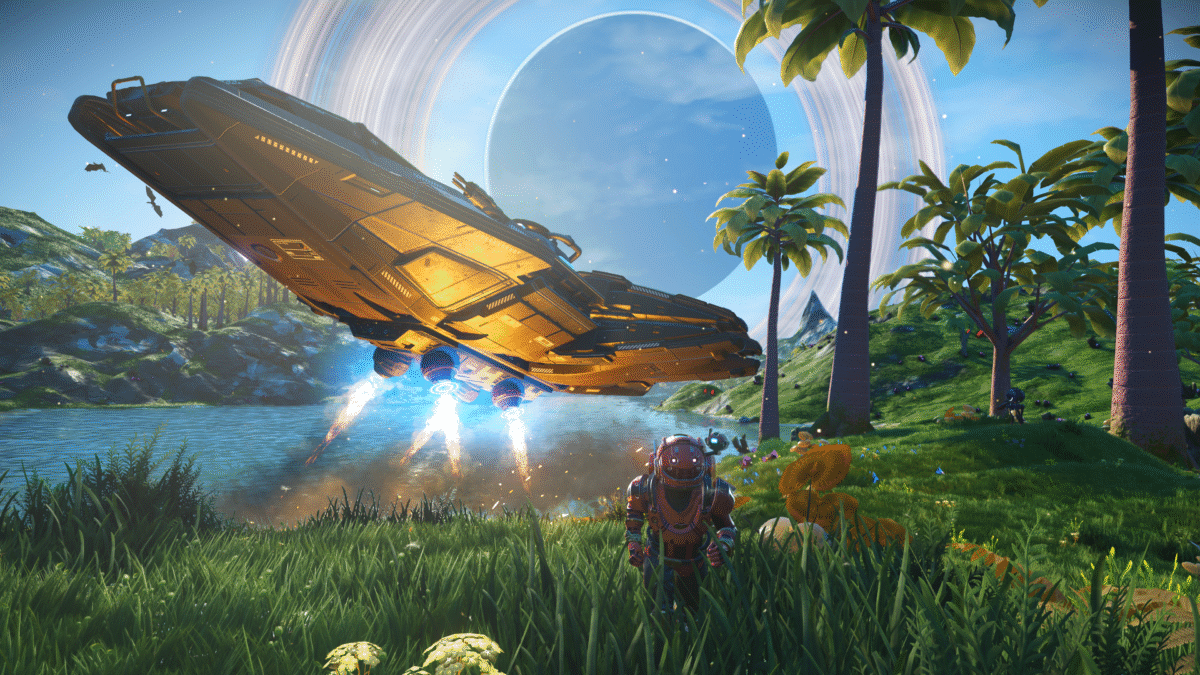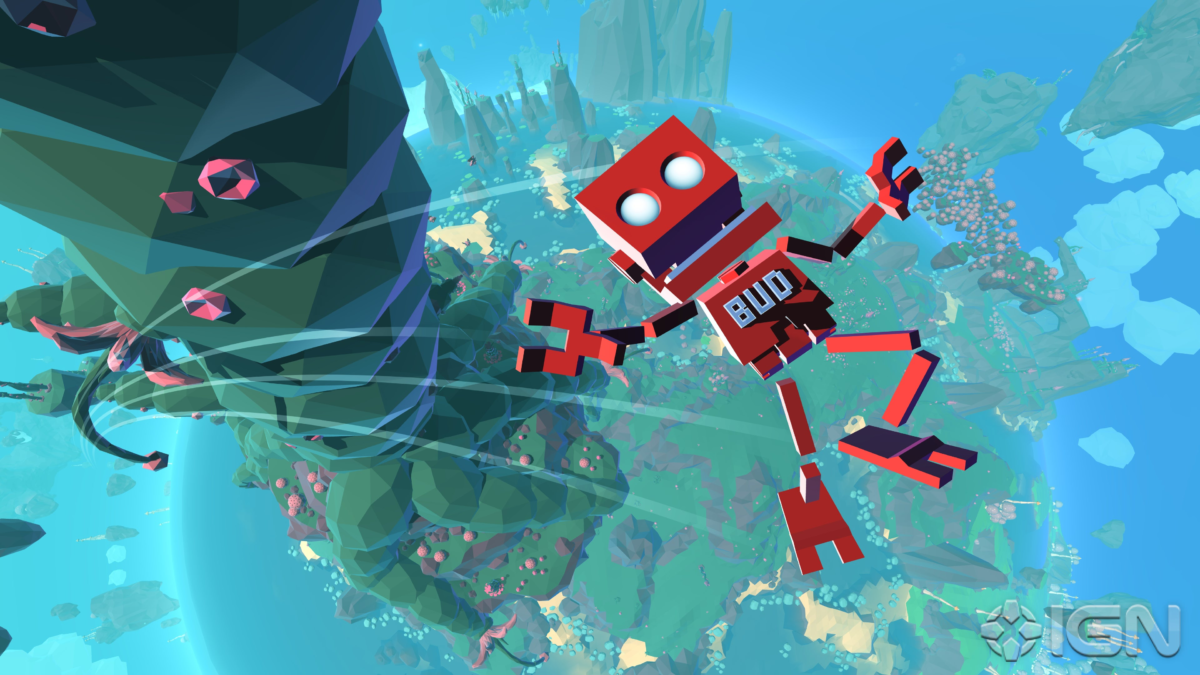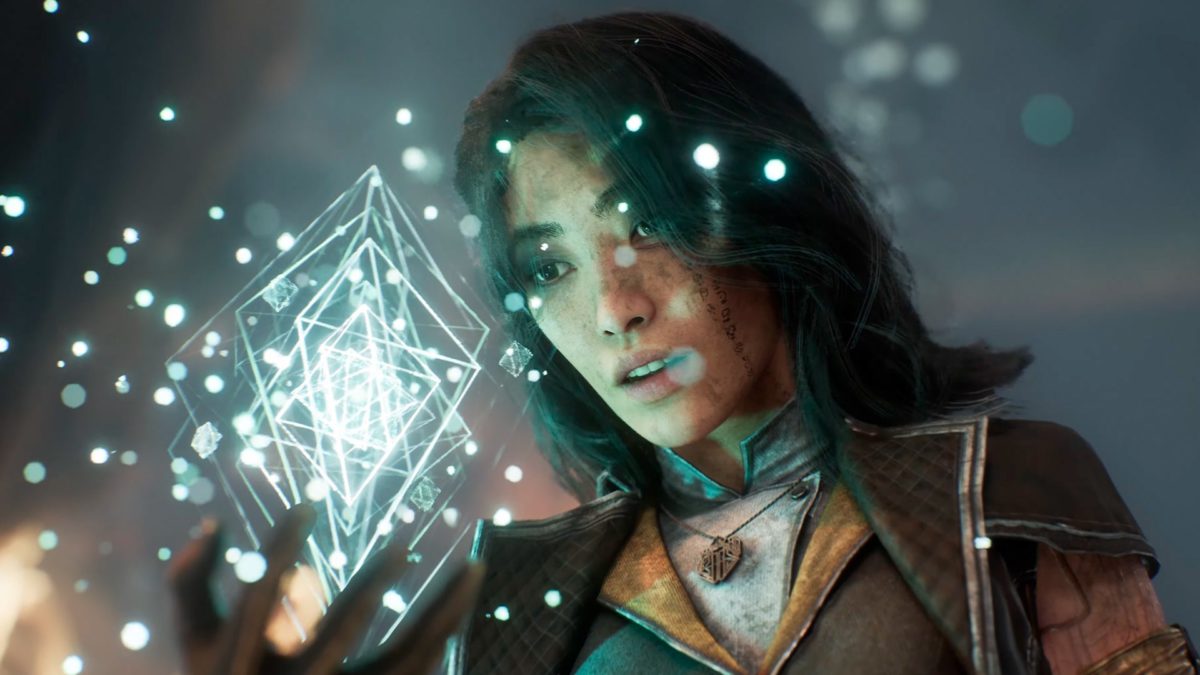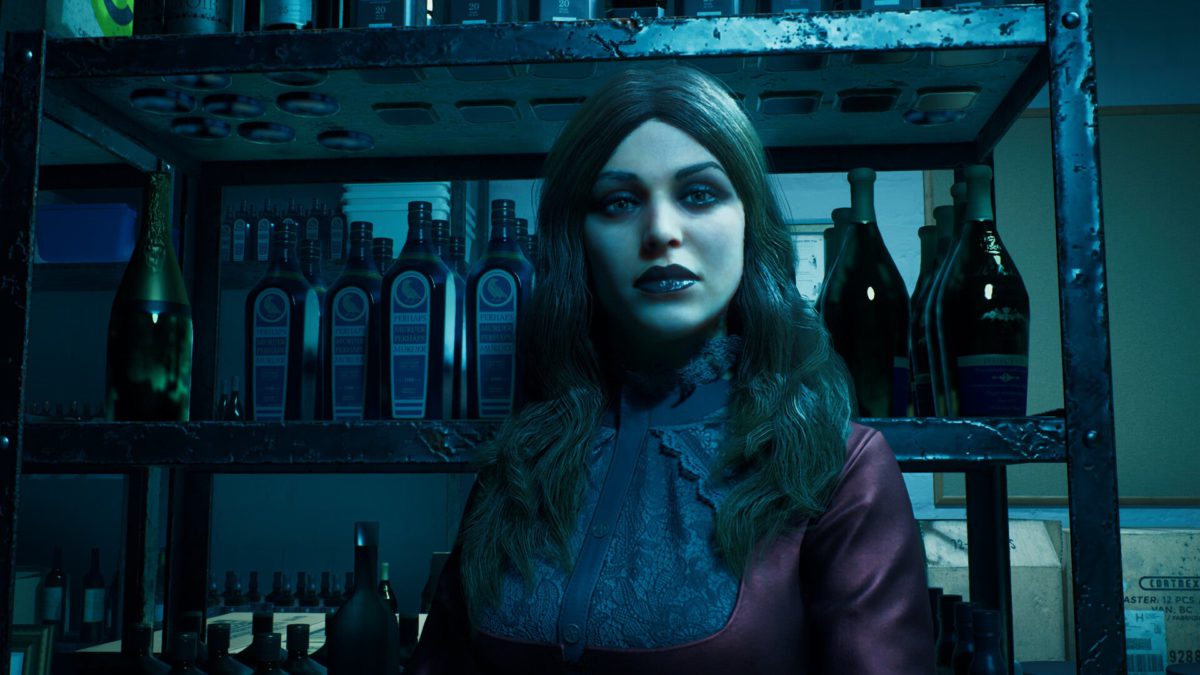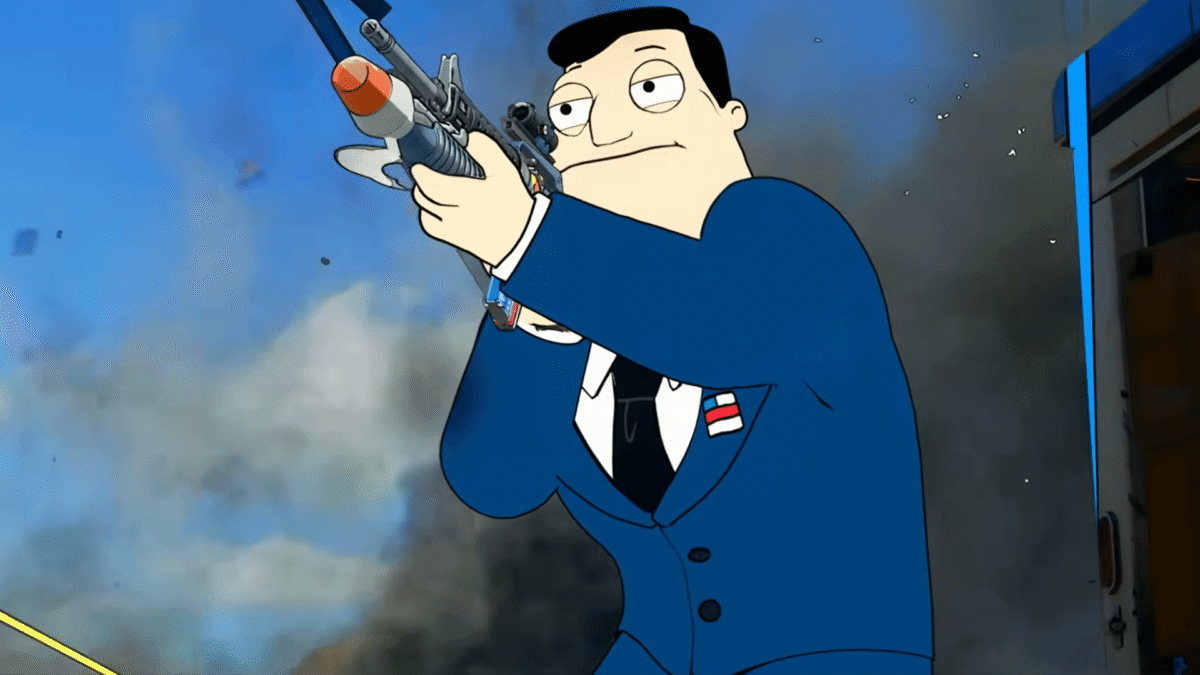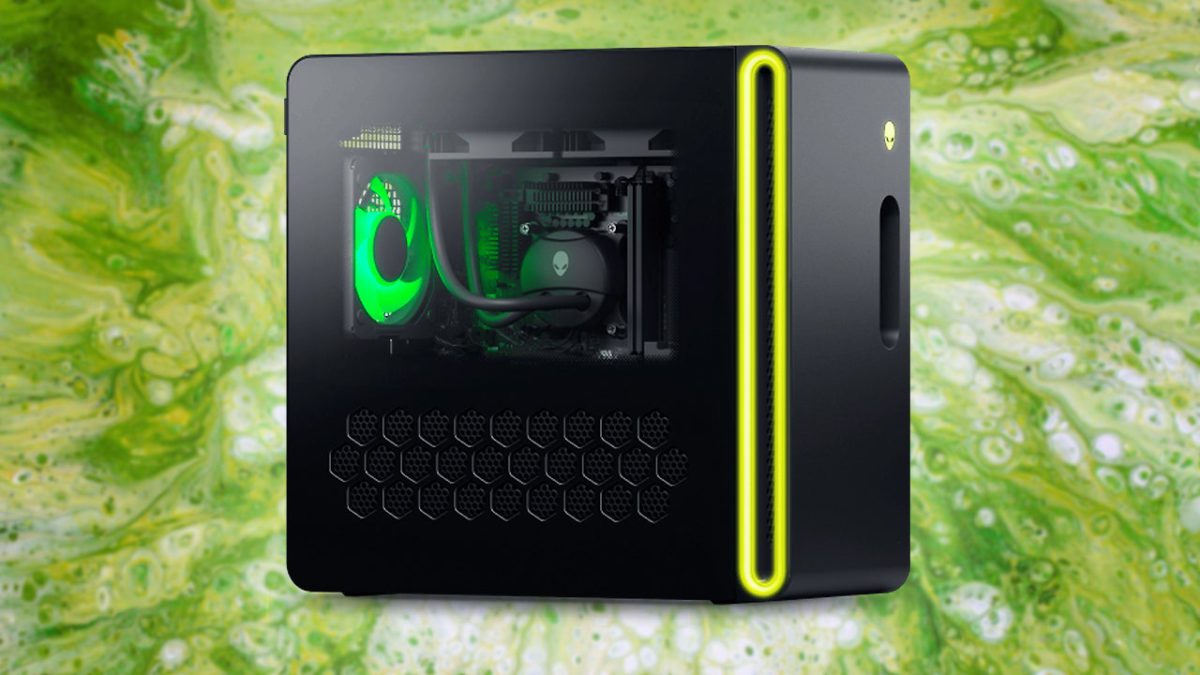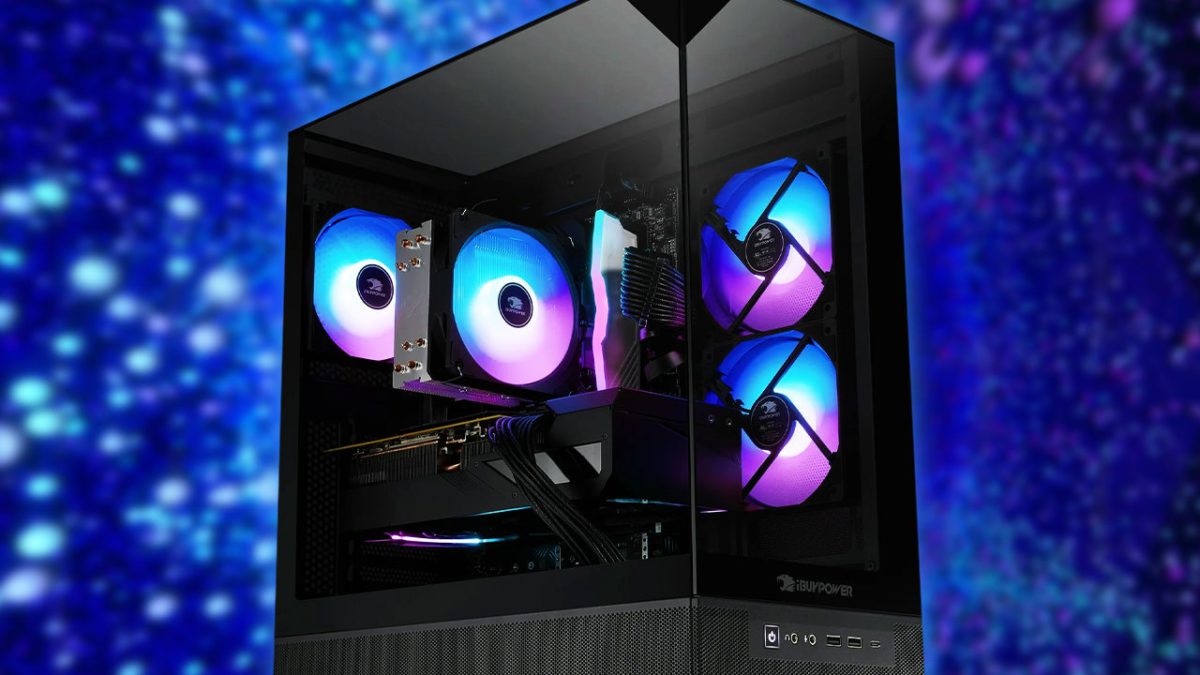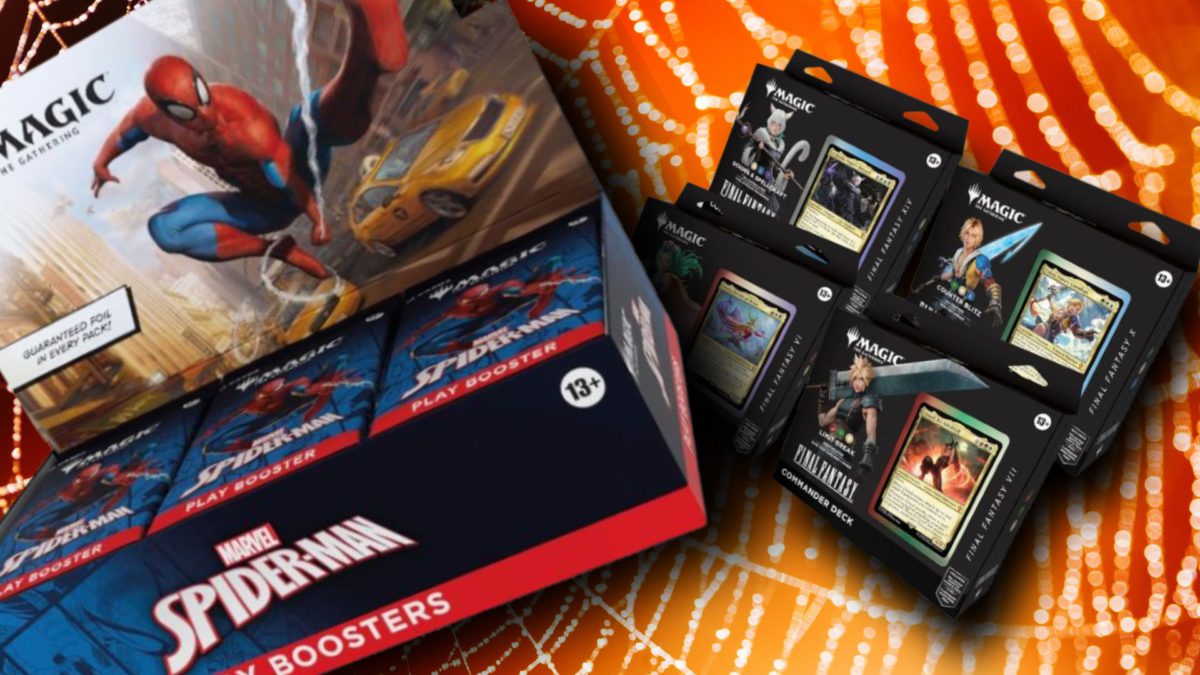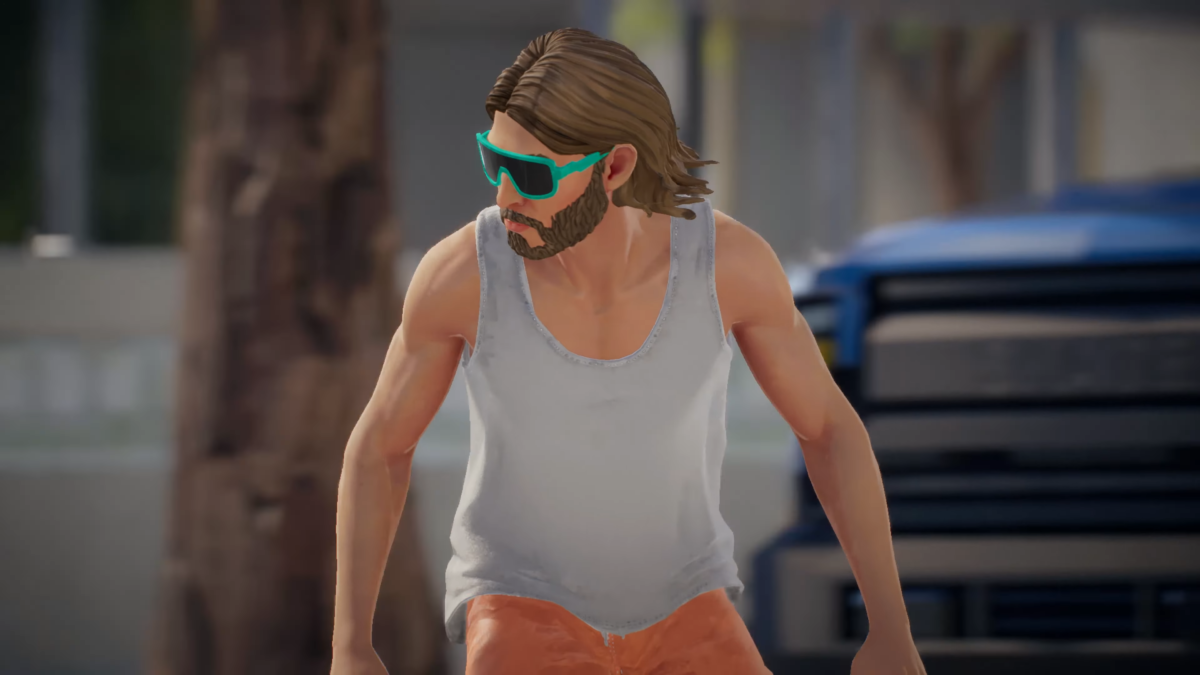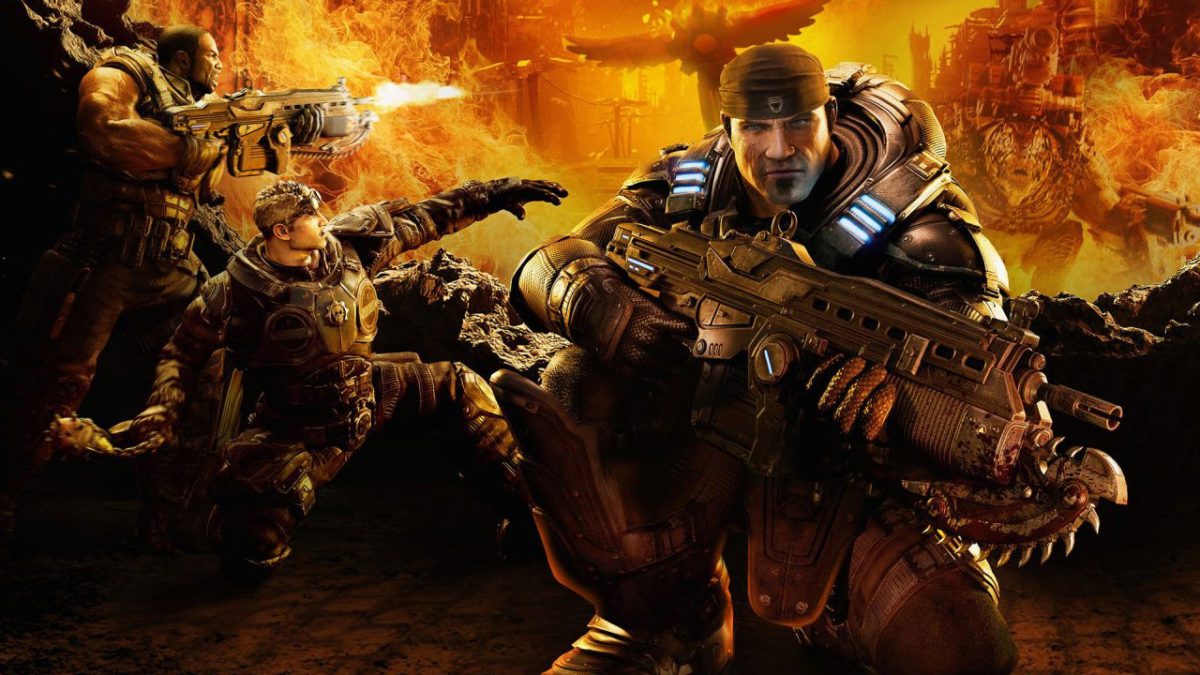
No Man’s Sky is expanding once again, this time with the free Voyagers update. Interestingly, developer Hello Games said the tech introduced with this update will be shared with its next game, Light No Fire.
Voyagers adds a long list of features, which chief developer Sean Murray said Hello Games had worked on for some time now. Chief among them is the Corvette Ship Class and the possibility for a multiplayer crew.
But there’s much more to Voyagers, revealed in the list below:
- Corvette Ship Class
- Assemble Ships
- Multiplayer Crew
- Mission Radar
- Autopilot in Space
- Space walking
- New missions
- StarShip Interiors
- New Spacesuit
- Sky diving
- Graphical Improvements
- Varied Cockpits
- New Expedition
Voyagers arrives just over nine years after No Man’s Sky’s troubled launch. Sentiment around the game is positive now, of course, following continued, eye-catching support from Hello Games.
Here’s Murray’s note on the Voyagers release:
I can’t believe it’s been just over nine years since No Man’s Sky first launched. No Man’s Sky VOYAGERS is what we’re super busy with right now and is one of our most ambitious updates. It launches today.
I’ve always loved Spaceships! Name a sci-fi film, book or game, and I want to talk to you about the spaceships in it! We know No Man’s Sky players feel the same – they spend countless hours searching the universe for their perfect ship. But what if you could design your own ship? If you could get out of your pilot’s seat mid-flight and walk around? If you could invite your friends on board as crew?
I guess that’s always been the ultimate fantasy for us. An infinite universe to explore with your ship and crew. Something we’ve always wanted to see brought together in one game.
Afterall perhaps the most important character in No Man’s Sky is your space ship. It’s your safe haven on hazardous planets, your companion exploring the stars. Your ship is your way of experiencing the universe, and when we change that, it really changes how the game feels.
We call them Corvettes, huge ships with hulls, wings, landing gear, cockpits, engine parts, thrusters and more – arranged to your own unique sci-fi design.
These ships have real interiors, med-bays, sleeping quarters, war rooms, radars, teleporters. It comes with you everywhere, which totally changes how you play. Decorating it with your friends gives you a space that you share together. Whether it’s a brightly coloured tiny explorer, or a colossal dark metallic war ship, it allows you to show off your own personality.
Adding bigger weapons to your Corvette increases your firepower. Add sleeping quarters and a mission radar, and you are ready to welcome a crew of friends on board. Add a mission radar and you are ready to adventure. A teleporter and you have an away team. Or just a window… and suddenly there are these special moments, watching as the universe flies by outside at warp speed.
Having multiple Corvettes flying over a planet together is incredible, especially when you pop the hatch and spacewalk or skydive from one ship to the other!
By design, Corvettes are encountered a little way into the game and veteran players will be able to unlock them reasonably swiftly. But we wanted to give all players a taste of what they can expect, so the accompanying “Corvette” expedition is specifically designed to get you to the workshop as quickly as possible and to take you on a journey which unlocks some of the parts you’re going to need to build out your sci-fi fantasy.
The team at Hello have been working on Voyagers for a long time. The technical challenges they have had to overcome to make any of this possible have been immense. Almost every part of the game has had to be reworked to accommodate these relative spaces. Having your multiplayer crew walking around, calmly editing your ship, as it travels at warp speeds towards a planet that is being generated as you approach. It’s pretty insane what’s going on behind the scenes to make that work.
Much of the technology we’re introducing with Voyagers is shared with our next game, Light No Fire, which is a truly open world, a shared Earth-sized planet, with real oceans to traverse, needing large boats and crews. We love that we get to share this technology with players early.
The most exciting thing about Voyagers for me is the possibilities it opens in the future for No Man’s Sky, and I can’t wait to see where the team takes it from here.
I can’t believe that in the past 12 months we released Worlds Part I, Worlds Part II, and Voyagers – all huge changes to this game we care about so much.
Many thanks for any support you continue to provide our little game. It really helps us continue to do what we do.
To celebrate our ninth anniversary, we’re also releasing our latest range of No Man’s Sky merchandise, including Gek and Traveller plushies with our friends at YouTooz, a new vinyl soundtrack with new tracks from the game and an exclusive tee, jacket and pin badge collection from Insert Coin.
Our journey continues.
Sean
It’s worth digging into the tiny detail on Light No Fire that Murray offers here. He described Light No Fire as a “truly open world, a shared Earth-sized planet, with real oceans to traverse, needing large boats and crews.” This is the tech we’re seeing in the No Man’s Sky Voyagers update, in spaceship form. There’s no release date yet for Light No Fire.
Wesley is Director, News at IGN. Find him on Twitter at @wyp100. You can reach Wesley at wesley_yinpoole@ign.com or confidentially at wyp100@proton.me.

